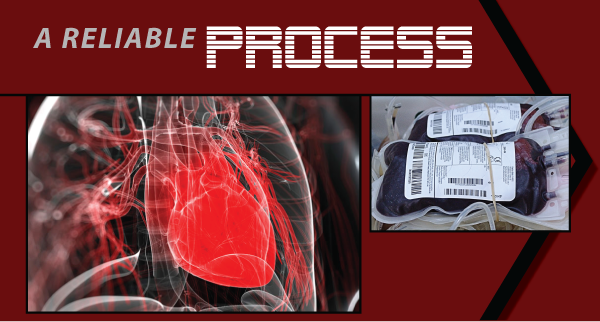
At the time of an organ donation, many feelings can arise. Among those emotions some can include fear, panic, anxiety, and helpless. Other feelings such as happiness, gratitude, humility and triumph may ensue as well. In a situation that can be bittersweet, a person must be prepared. Many steps occur on this amazing and trying path. Time and temperature are critical to an effective procedure. First, a person must consent to being an organ donor. This can be indicated on a person’s driver license, or the state’s registry. A person must be considered brain dead in order to continue. To be deemed brain dead, a person is not a coma, cannot breath on their own, and have no brain activity. Once a donor has been deemed this status, a hospital alerts their organ procurement organization. From there, legal consent must be given by the giving party and the history of the patient will be reviewed. Once the evaluation is completed, a database of patients (UNOS, United Network for Organ Sharing) is used to match patients. It is a first come, first serve type business. Once the match is determined, time is of the essence, and the organs are recovered and transported. The process can be long, but can be worth the wait and a success.

